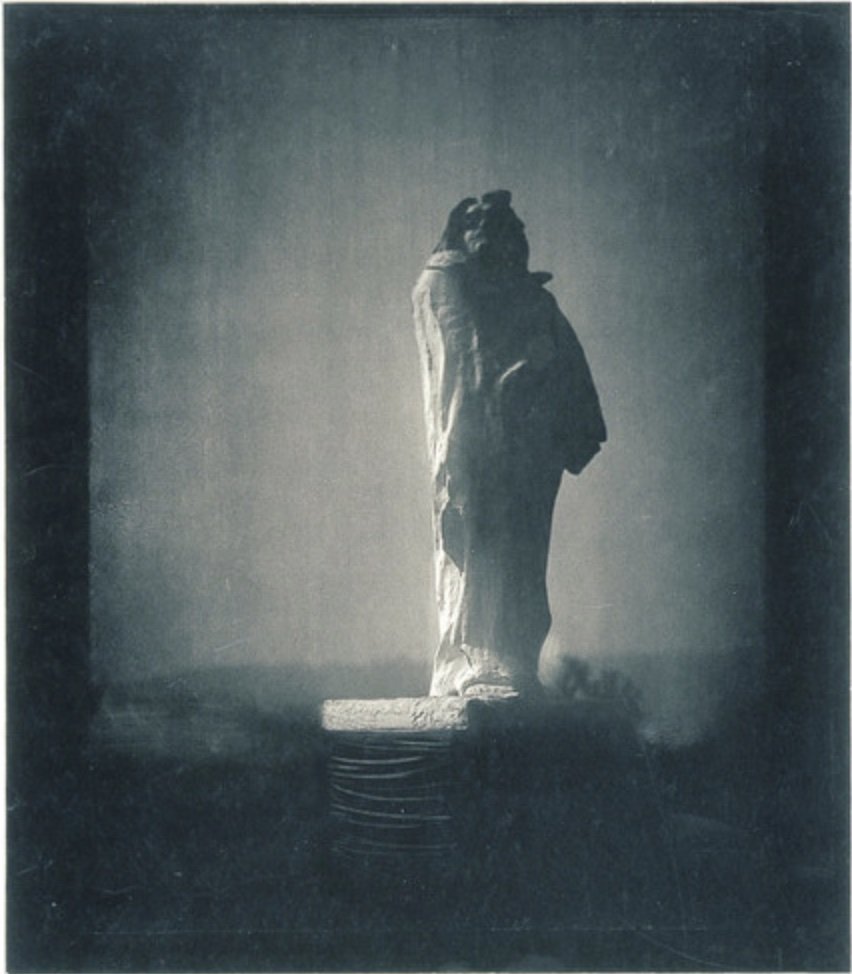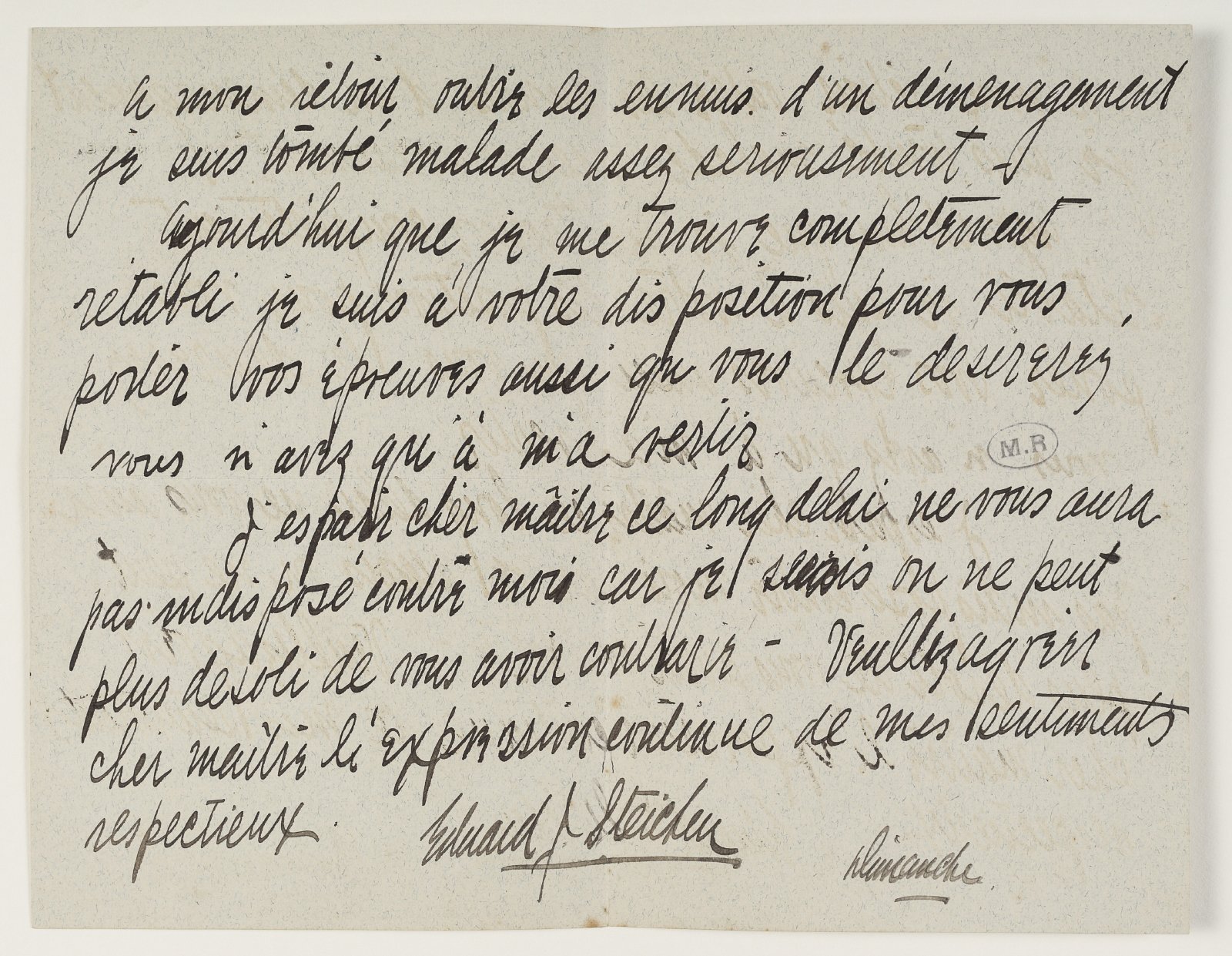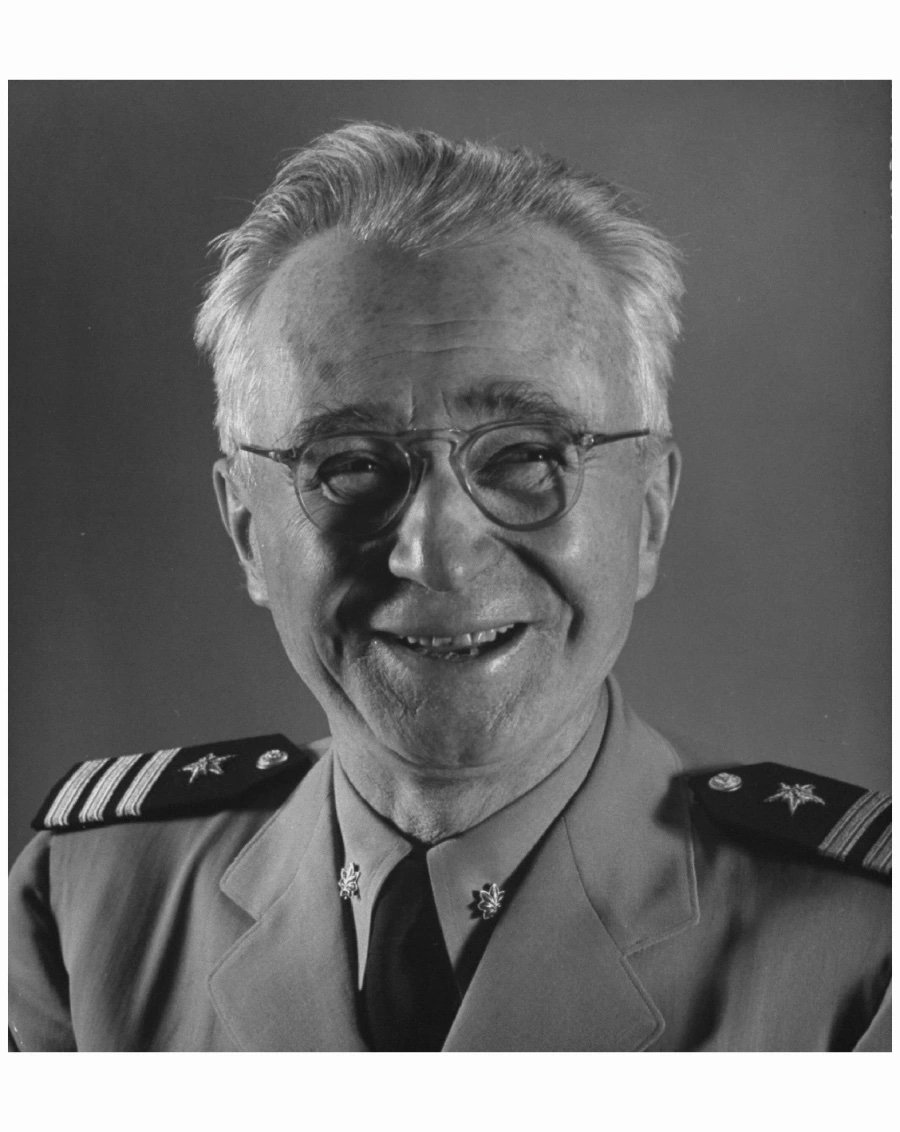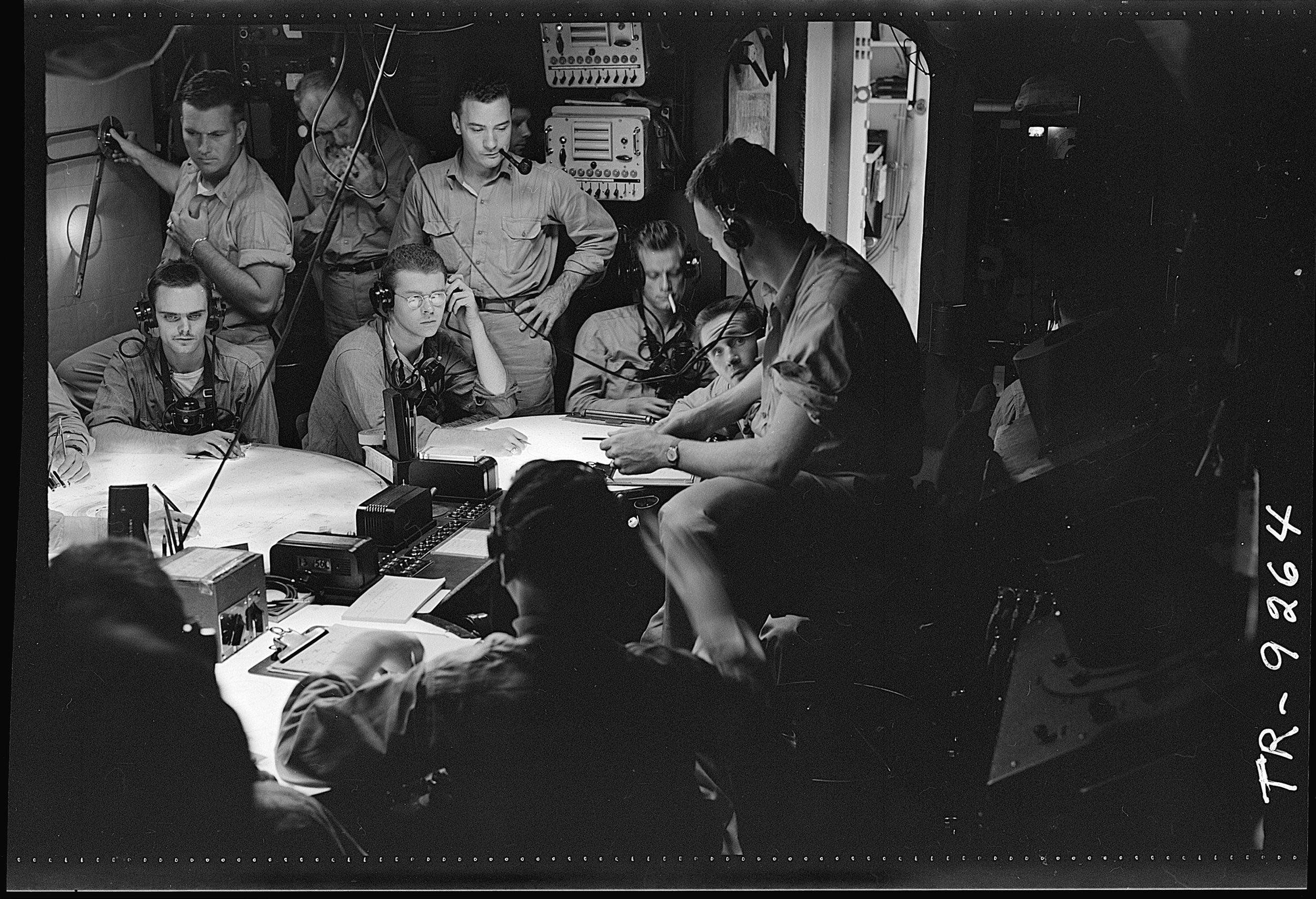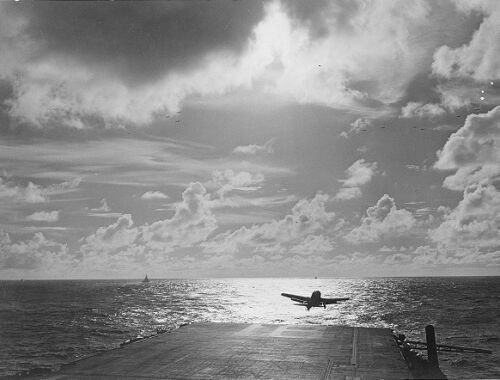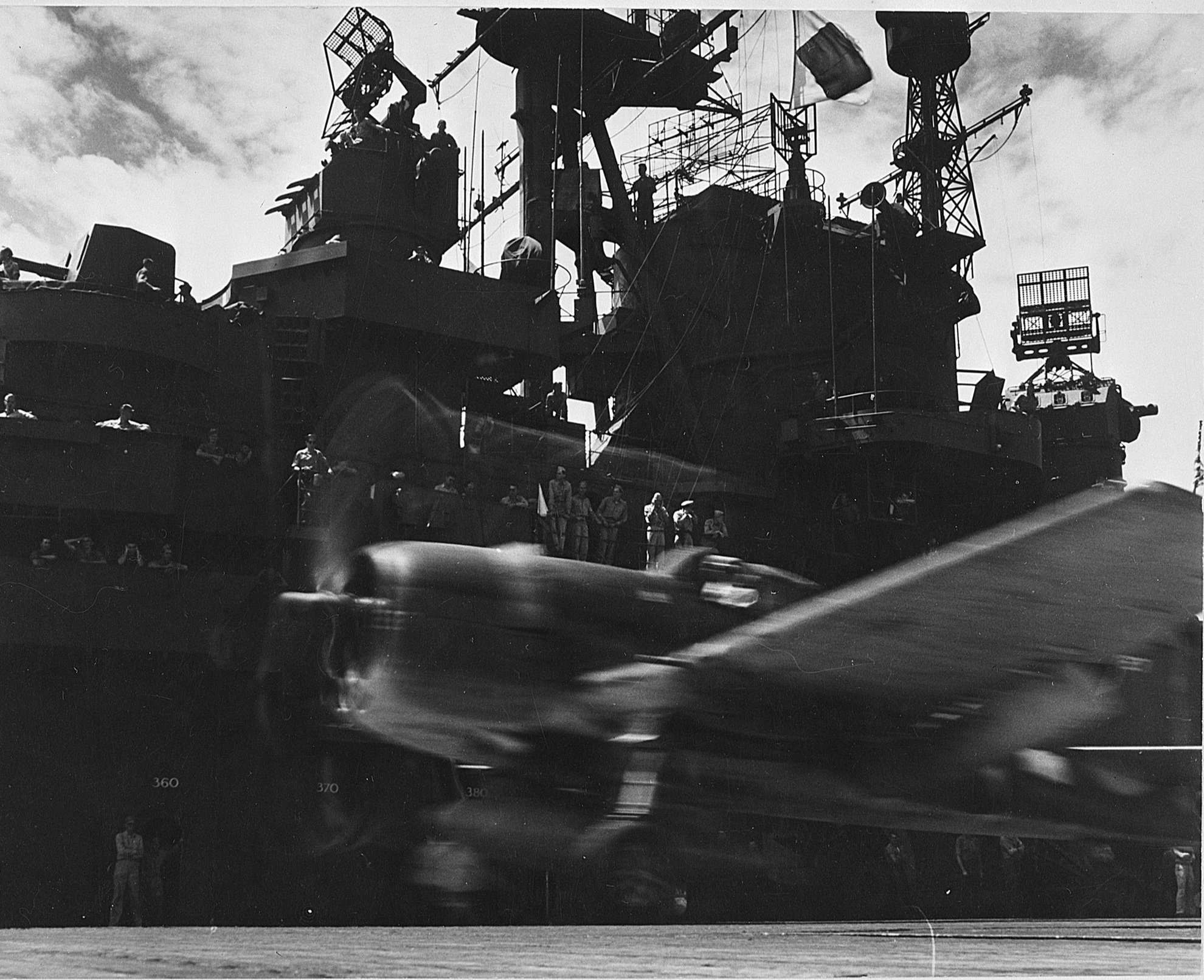Edward Steichen. Isadora Duncan at the Portals of the Parthenon, 1921. Digital image courtesy of the George Eastman Museum © 2019 The Estate of Edward Steichen / Artists Rights Society (ARS), New York.
"His only tools were the photographs and his belief in man's inherent goodness. He had no weapons other than a single-minded courage to state the truth as he understood it." ~ Wayne Miller
This educational website has been created to help the public locate general information related to one of the great 20th century American photographers, as well as direct researchers and independent scholars to written information and visual images and materials located at museums and research institutions in the United States and abroad. Please contact our website manager at info@edwardsteichen.com if you cannot find what you are looking for. We welcome suggestions and additions, and are happy to correct errors and omissions.
Steichen prints are for sale via the Estate’s partnership with Condé Nast, and other partnering institutions are noted throughout. Special thanks to the George Eastman Museum, which curates all of Steichen's negatives and glass plates as well as an extensive collection of important prints. Note: Permissions to reproduce Steichen images must be made through the Artists Rights Society. Please see Permissions and Legal for additional information.
Edward Steichen™ is a trademark of the Estate of Edward Steichen.
Jazz-Age Silks: The Stehli Silks Americana Collection, 1925–1928 through April 8, 2025 at the Met
Edward J. Steichen. Buttons and Thread, ca. 1927. Silk. Gift of Stehli Silks Corporation, 1927. The Metropolitan Museum of Art.
In 1926, Edward Steichen was commissioned to photograph a series of images to be transformed into silk fabrics for garments. He agreed to the project on the condition that he wouldn’t be limited to photographing only "flowers and garlands." As he did throughout his career, Steichen pushed the boundaries of convention by incorporating everyday objects such as sugar lumps, nails, and tacks into his modern, unexpected designs.
These unconventional choices resulted in silk patterns that were both innovative and timeless, capturing the elegance and spirit of the Jazz Age. This fresh approach to textile design can now be admired at The Met's exhibition Jazz Age Silks: The Stehli Silks Americana Collection 1925–1928, showcasing the ingenuity of Steichen’s and others' artistic visions. Each fabric tells a story, transforming everyday materials into striking designs that remain as relevant today as they were nearly a century ago.
Edward Steichen’s
lifelong friendship with Auguste Rodin.
In 1901, when the great French sculptor was in his early sixties, Rodin invited a young twenty-two year old artist by the name of Éduard Steichen to visit him at his home and studio in Meudon, a neighborhood of Paris. At their first meeting, Rodin took a deep and immediate liking to the young artist and invited him to stay for dinner. After dinner, Steichen showed Rodin his portfolio, which so impressed the sculptor that he gave Steichen free access to his home and studio whenever he wanted to photograph anything he liked.
Over the years the two became very close, and Rodin took the young Steichen under his wing, becoming a lifelong mentor and friend. Steichen always called him "Maître." Rodin called him "Mon fils," and Steichen would name his second daughter, Kate Rodina, in honor of his mentor. The Musée Rodin in Paris has an extensive collection of the letters Steichen wrote to Rodin, one of which is shown in this post. Steichen would go on to make several extraordinary portraits of Rodin, perhaps the most famous being the sculptor with his masterpieces 'The Thinker' and 'Monument to Victor Hugo,' which Steichen created by combining two negatives into one, to create a unique vision of Rodin and his work. His photograph of Rodin's controversial statue of Balzac 'The Open Sky' is another magnificent Steichen image. The father-son relationship between the two men remained loving and strong until Rodin's death in 1917.
Images. Top right. Edward Steichen. "Rodin, Monument a Victor Hugo and Le Penseur." Musée d’Orsay, Dist. RMN-Grand Palais. 1905. Above left. Letter from Edward Steichen to Auguste Rodin 1901. Courtesy Musée Rodin. @museerodinparis Above right. Edward Steichen. "The Open Sky, 11pm" 1908. Courtesy Musée Rodin. All images © 2023 The Estate of Edward Steichen / Artists Rights Society (ARS), New York.
Steichen’s iconic fashion photography
All wrapped up in chic! Once again, New York Fashion Week (February 10-15) is upon us. Steichen's groundbreaking fashion photography from the 1920's and 30's was endlessly inventive from year to year, shoot to shoot, and even model to model. Never repetitive, his presentation of the fashion of his day is aligned with his restlessness and constant inventiveness as an artist. One shoot might involve elaborate scenes and sets, whilst another presents his subject completely stripped back, minimalist and modern.
Pearl Harbor Remembrance Day
Moments after he heard of the surprise attack on Pearl Harbor on the morning of December 7, 1941, Edward Steichen was determined to find a way to serve his country in an official capacity as part of the war effort. At 62 years old, Steichen was turned away multiple times for active service because of his age before finally receiving a phone call asking if he would be interested in creating an elite photographic unit for the US Navy. “My own feelings of revulsion toward war had not diminished since 1917. But in the intervening years I had gradually come to believe that if a real image of war could be photographed and presented to the world it might make a contribution toward ending the specter of war” Steichen later recalled.
Don't miss a very special photographic and historical lecture on Zoom this Wednesday December 7th-- Pearl Harbor Day -- with archivist, educator and photographer Gary Saretzky, on Edward Steichen's important work documenting naval aviation during WWII in the Pacific Theater. To participate please register here. The photographic lecture is being presented by the Monmouth County NJ Library. An encore presentation of the lecture will be available on December 16th.
Saretzky has worked for over fifty years as an archivist at several institutions including the Monmouth County Archives and the State Historical Society of Wisconsin. Additionally, he taught the history of photography at Mercer County Community College and coordinated the Public History Internship Program for the Rutgers University History Department. Over fifty of his talks have been under the auspices of the Horizons Speakers Bureau of the New Jersey Council for the Humanities.
Portrait of Edward Steichen courtesy of the Edward Steichen Estate. Additional images courtesy of the US National Archives.
The Flatiron set to break auction record
Paddles at the ready! Edward Steichen's iconic masterpiece, The Flatiron, goes on the auction block November 9th at Christie's in New York with an estimate that could break auction records for any photograph anywhere. The image was taken in 1904, just two months after the construction of the building was completed, and shows a city in the midst of architectural and cultural transformation.
The complex painterly method Steichen painstakingly used involved taking a platinum print of the image and overlaying it with a light sensitive solution of gum arabic and potassium bichromate tinted with water colors. The print was then reexposed and developed by rinsing in a water bath. Since this process can be variable in both color and density due to the second printing, no two copies will ever be the same. Therefore, each of the three Flatirons in existence is slightly different one from another, and each is unique. There are two other prints of the Flatiron in the permanent collection of the Metropolitan Museum of Art. The one going up for auction is currently the only one in private hands.
Image: Edward Steichen, The Flatiron. 1904. © 2022 The Estate of Edward Steichen / Artists Rights Society (ARS), New York.
Read more at The Art Newspaper



